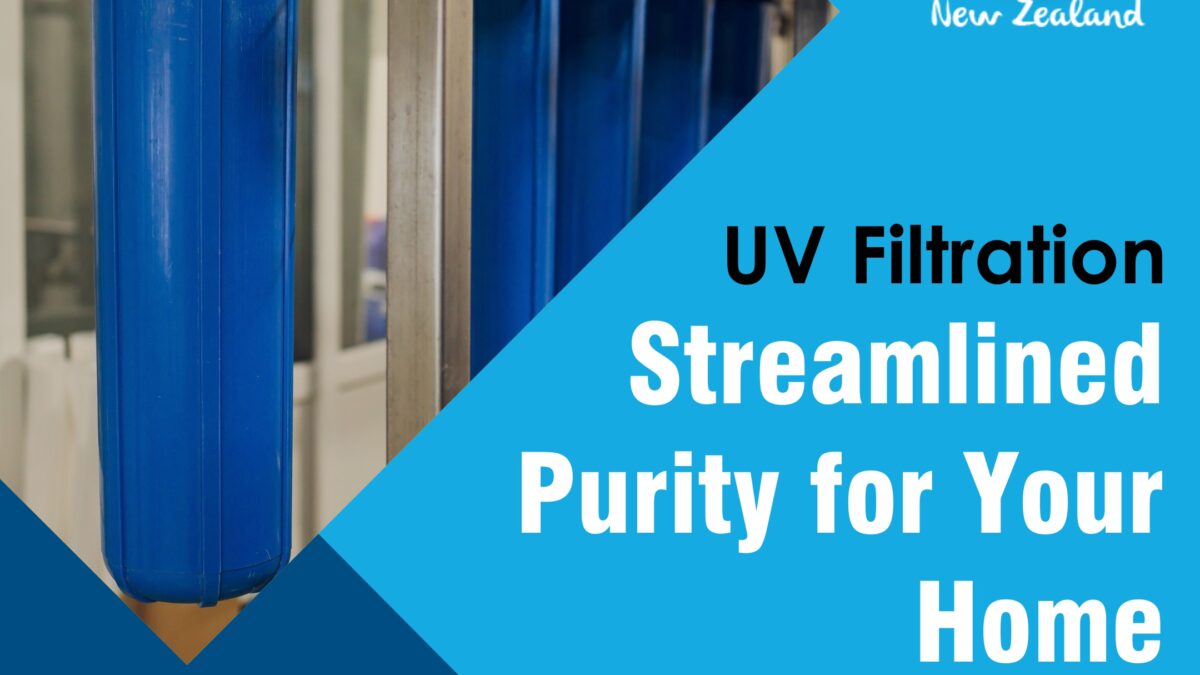In addition to being necessary for life, access to clean, safe drinking water is also important for sustaining good health. While conventional water purification techniques like filtration and chemical treatments are to some extent useful, technological advances have given us access to far more effective and dependable alternatives. The UV water purifier is one such invention that uses the strength of ultraviolet light to get rid of dangerous germs from the water.
The UV radiation used to clean water generally has a wavelength between 254 and 258 nanometers and is referred to as UV-C or germicidal UV. Microorganisms’ DNA is effectively destroyed by this particular wavelength, making them unable to reproduce and spread illnesses. In this blog, we’ll examine UV water purifiers’ operation and discover why they’re becoming more and more common in homes and businesses throughout the world.
How UV Water Purifiers Work
UV Lamp or Bulb
A UV light or bulb is the brain of a UV water purifier. A focused UV-C light beam is released into the water that has to be treated when the purifier is turned on by the lamp. To enhance its germicidal efficacy, the bulb is engineered to emit light at the ideal wavelength.
Water Passage
A translucent chamber that encloses the UV light receives water from the source and passes it through. To guarantee that every drop of water is exposed to UV radiation for an adequate amount of time, the water flow is meticulously managed. For the UV light to efficiently kill the bacteria present in the water, this contact period is crucial.
Microorganism Disinfection
As water passes through the UV chamber, bacteria, viruses, and other microorganisms, including parasites, are exposed to strong UV-C radiation. UV light breaks down the DNA of these microorganisms and prevents them from being able to reproduce by penetrating their cell walls.
Safe Water Output
After going through the UV disinfection procedure, the water is deemed safe to drink. The UV water purifier is a chemical-free and ecologically friendly water purification technique since it doesn’t introduce any chemicals to the water.
Benefits of UV Water Purifiers
Highly Effective Against Microorganisms
Bacteria, viruses, and parasites are just a few of the hazardous microbes that UV water purifiers are quite good at killing. They guarantee that the treated water is safe and free of waterborne pathogens with a 99.99% disinfection rate.
Chemical-Free Purification
A UV water purifier does not add any extra chemicals to the water, in contrast to other conventional water filtration techniques that do. This means that the water’s flavor, color, and odor are unchanged, and the purification process doesn’t release any dangerous byproducts.
Low Maintenance
Devices that use UV light to purify water are low maintenance. Depending on the model and use, UV lamps or bulbs require replacement, often once per year. Other than that, maintaining optimum performance typically just requires routine cleaning of the quartz sleeve that encloses the lamp.
Energy-Efficient
In comparison to certain other water purifying techniques, UV water purifiers use very little energy, making them long-term energy-efficient as well as cost-effective.
Versatility
Tap water, well water, precipitation, and even untreated water from rivers or lakes may all be treated using UV water purifiers. They offer clean drinking water in residences, workplaces, hospitals, and enterprises and are excellent for both residential and commercial uses.
Conclusion
The development of UV water purifiers has revolutionized the water purification industry. They are a safe, environmentally friendly, and dependable solution for supplying clean and safe drinking water because of their capacity to efficiently kill hazardous germs without the use of chemicals.


